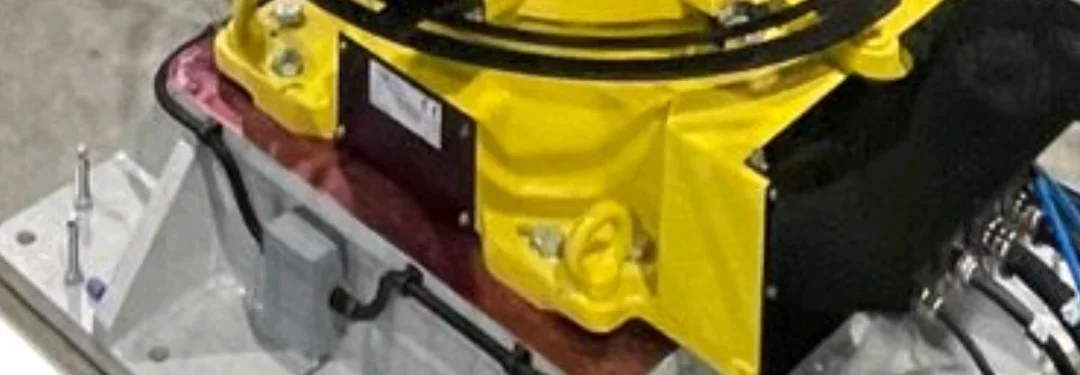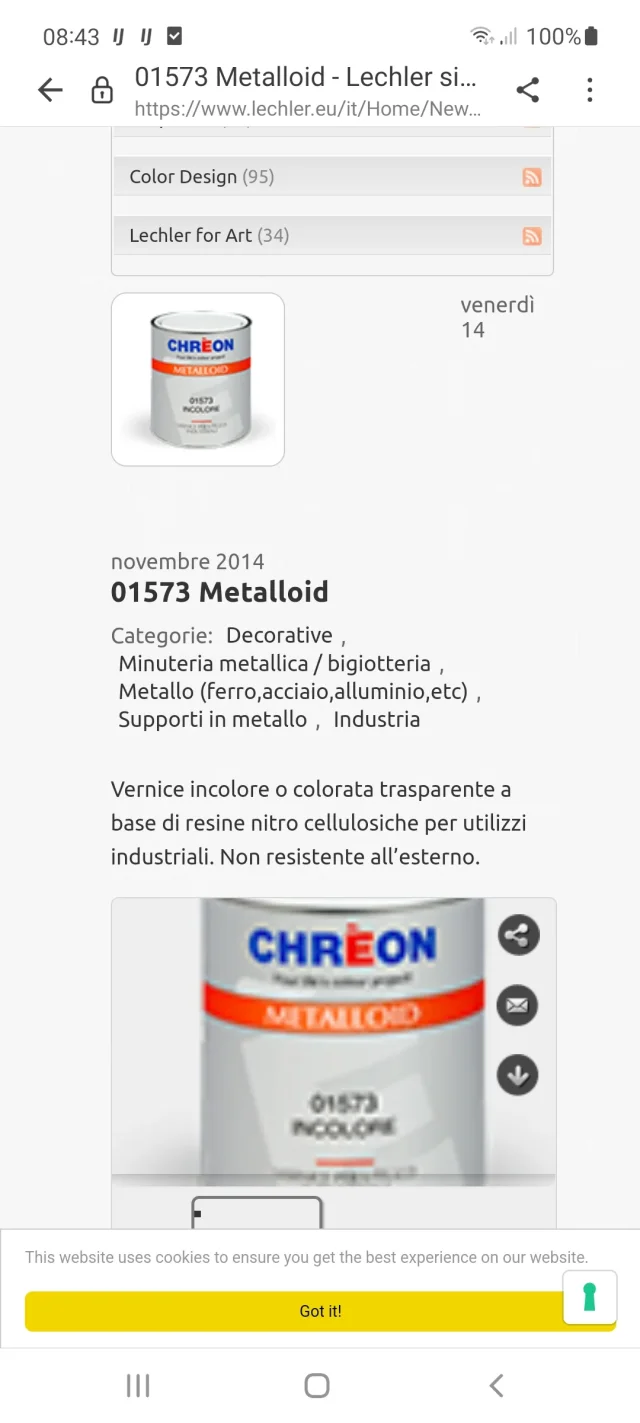TorMec
Guest
good evening to all, I ask you if you know how to indicate a protective treatment for machine tool surfaces that are not painted. I have recently seen at a competitor this type of nail polish that has protective characteristics and a thickness less than tenth, you can apply on the surface worked of welded and carpentry in general, the color I saw is red and semi-transparent finish, but the color is not important.
on google I couldn't find anything, thanks to the help.
on google I couldn't find anything, thanks to the help.


